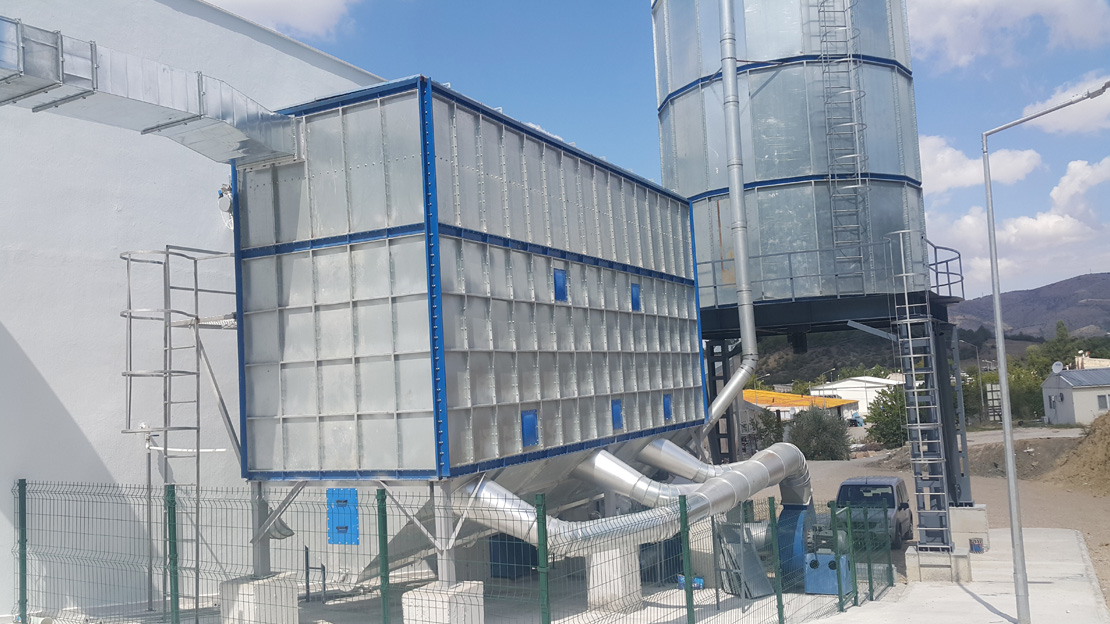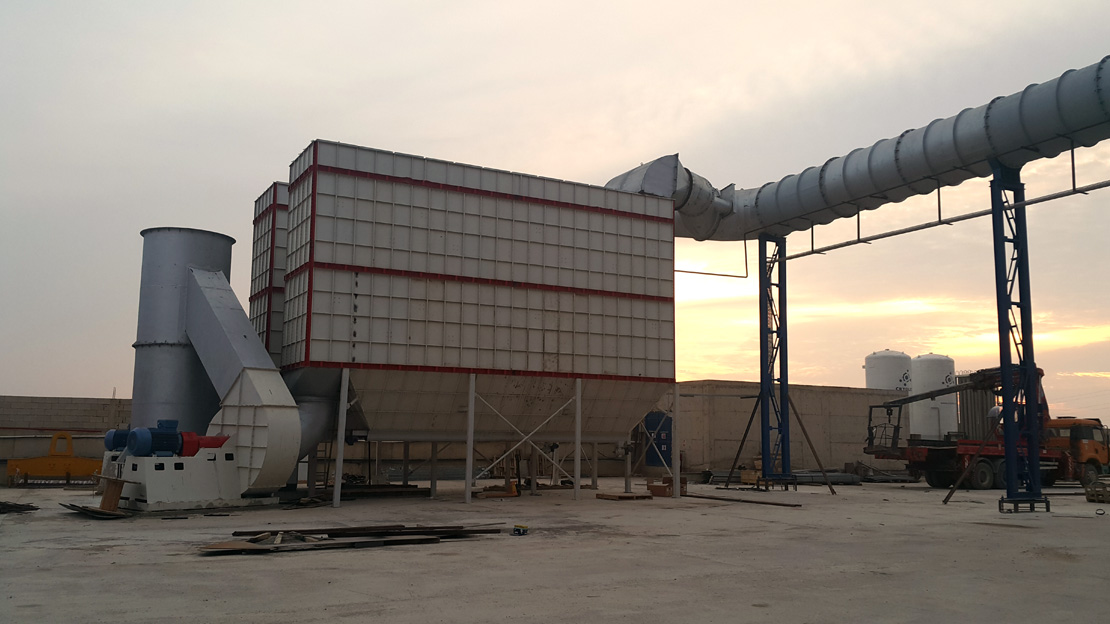








dust collection advantages ıt is not uncommon for people to think that their dust collectors are not working properly , only to realize that the duct design is the real problem . appropriate sizing of the dust collector for the application is critical, but the correct duct design will determine whether the final installation meets dust collection needs. the right size equipment and effective duct design must work in harmony for the system to perform at its best. what is canal system? a duct is a long tube or pipe that transmits air and dust from one point to another. a ductwork forms the ductwork and is often thought of in relation to heating and cooling systems. ıt is also used in ventilation systems and is connected to a dust collector to help move and control clean and polluted air. the ımportance of duct design for dust collection while installing a dust collection system, duct design and placement may seem like a note or accessory, but it should be considered as one of the most important features of the system. the layout of the duct design is directly related to how efficiently and effectively a dust collection system can operate. ıf the duct system is designed correctly, the air flow will be smoother and the blower on the dust collector will work more efficiently. ıf the duct system is incorrectly sized or has improper bends, the air will be more difficult to monitor and will negatively affect the performance of the dust collection system by forcing the blower on the dust collection system to be less efficient.
channel design physics the size/diameter of the ductwork controls the rate at which the air moves, also known as the carry rate. ıf your channel is too small, your air will move faster and create additional resistance. more resistance means less airflow. on the other hand, if your duct is too large, your transport speed will be too slow and dust may accumulate from the air stream. both situations can lead to inefficient dust collection systems. some factors that affect how much resistance there is include branches, drops, corners and bends added in the duct design. ıf this is done incorrectly, the result will be inefficient dust collection systems. for example, if the conduit needs a corner, a tight 90° turn will create more resistance than a longer radius elbow. therefore, whenever possible, a longer radius elbow should be used to minimize the impact on overall performance.
Bu site çerezler kullanır. Sitede gezinmeye devam ederek çerezlerimizin kullanımını kabul etmiş olursunuz.
Daha fazlası